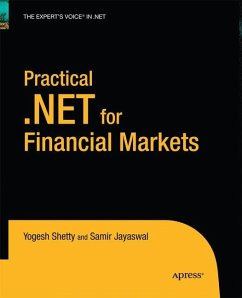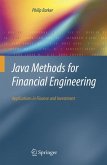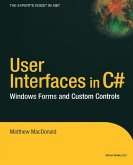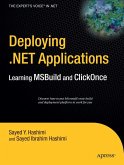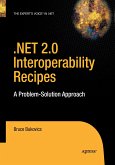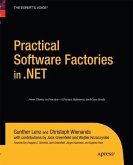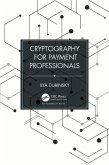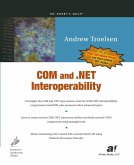This unique book examines up-to-the-minute uses of technology in financial markets and then explains how you can profit from that knowledge. To participate in mainstream .NET development, you must address the changes in financial markets by using the most sophisticated tools available, Microsoft .NET technology.
Software developers and architects, IT pros, and tech-savvy business users alike will find this book comprehensive and relevant. Each chapter presents problems and solutions that cover business aspects and relevant .NET features. Each aspect of .NET is analyzed in its proper context, so you'll understand why it is relevant and applicable in a real-life business case.
Software developers and architects, IT pros, and tech-savvy business users alike will find this book comprehensive and relevant. Each chapter presents problems and solutions that cover business aspects and relevant .NET features. Each aspect of .NET is analyzed in its proper context, so you'll understand why it is relevant and applicable in a real-life business case.
From the reviews:
"This book is about the Microsoft .NET architecture's contribution to the automation of financial markets, particularly the equity market as it transitions from the T+3 environment to the T+1 environment. ... The book should be of interest to equity application developers and other application developers interested in streamlining front office, middle office, and back office throughput and operations in industry. ... it could be used as a textbook for a computer science applications course or a business course on modern and future financial markets." (Friedrich, ACM Computing Reviews, Vol. 49 (4), April, 2008)
"This book is about the Microsoft .NET architecture's contribution to the automation of financial markets, particularly the equity market as it transitions from the T+3 environment to the T+1 environment. ... The book should be of interest to equity application developers and other application developers interested in streamlining front office, middle office, and back office throughput and operations in industry. ... it could be used as a textbook for a computer science applications course or a business course on modern and future financial markets." (Friedrich, ACM Computing Reviews, Vol. 49 (4), April, 2008)

